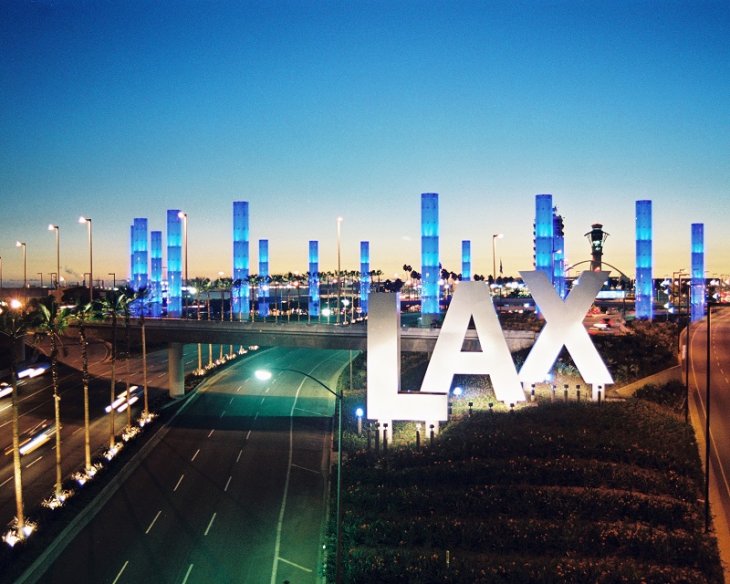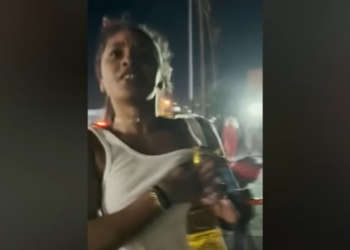By Sam Catanzaro
The City of Santa Monica has released the results of their 2019 Homeless Count, and while homeless levels across the city have remained stagnant, methamphetamine use continues to rise among the city’s homeless population.
According to the results of the count, the total number of people experiencing homelessness increased by three percent from 957 to 987.
“Homelessness continues to weigh heavy on the minds and in the daily lives of Santa Monicans,” said Mayor Gleam Davis. “We must remain an active and engaged partner in the work across the region to leverage the historic investments of L.A. County and state resources.”
Despite this slight increase, officials are optimistic about the results, citing that the numbers decreased or remained stable in areas where there was targeted intervention. According to the City, there was a 19 percent decrease in the unsheltered population in Downtown Santa Monica while the unsheltered population citywide increased by 1 percent, to what the City is attributing to an increase in vehicle homelessness.
“Our work shows that individualized and place-based approaches work and that there is no one-size-fits-all answer. In 2018, we added a new team of outreach workers who made a material difference,” said Alisa Orduña, the City’s Senior Advisor on Homelessness.
One area that has city officials concerned, however, is an increase in methamphetamine use among Santa Monica’s homeless population. According to the Santa Monica Police Department (SMPD), since 2014 possession of methamphetamine has increased by 152 percent across all populations. In 2018, people experiencing homelessness represented 69 percent of possession of methamphetamine dispositions. Coupled with untreated mental illness, this uptick in methamphetamine is cause for concern for city officials.
“Untreated mental illness and increased methamphetamine usage create the greatest challenge to the successful implementation of our homelessness strategies,” reads the City Staff report on results of the count.
The City says that they are responding to the increase in methamphetamine through coordination and professionalization of local outreach efforts.
One way the SMPD hopes to tackle this issue is through pursuing a program that uses drug counselors to perform jail in-reach with arrested methamphetamine users before their release. A similar pilot program launched in 2018 connects arrestees with housing, service providers and behavioral healthcare prior to their release from City jail.
Entirely curtailing meth use among the city’s homeless population may ultimately depend partially on what lawmakers in surrounding jurisdictions do. According to the Drug Enforcement Agency (DEA), meth is a regional problem facing much of Southern California.
“While opioid abuse is becoming a national crisis, meth is a bigger problem in Los Angeles,” said David Downing, Special Agent in Charge at the DEA’s, Los Angeles Field Division.
According to the DEA, Mexican cartels have become so efficient at producing meth that there is an oversupply and much of it ends up in communities across Southern California.
While areas across Los Angeles are feeling the impacts of the rise in meth use, Santa Monica and the Westside have seen the most dramatic increases. According to Los Angeles County Department of Public Health, LA County as a whole saw around an 8 percent increase in hospital admissions relating to meth use, while the Westside saw a 150 percent increase.
Westside Todayhas reached out to the Los Angeles Police Department and the Culver City Police Department asking what approaches their respective departments are taking to curtail meth use, but at the time of publishing, neither has responded.





















